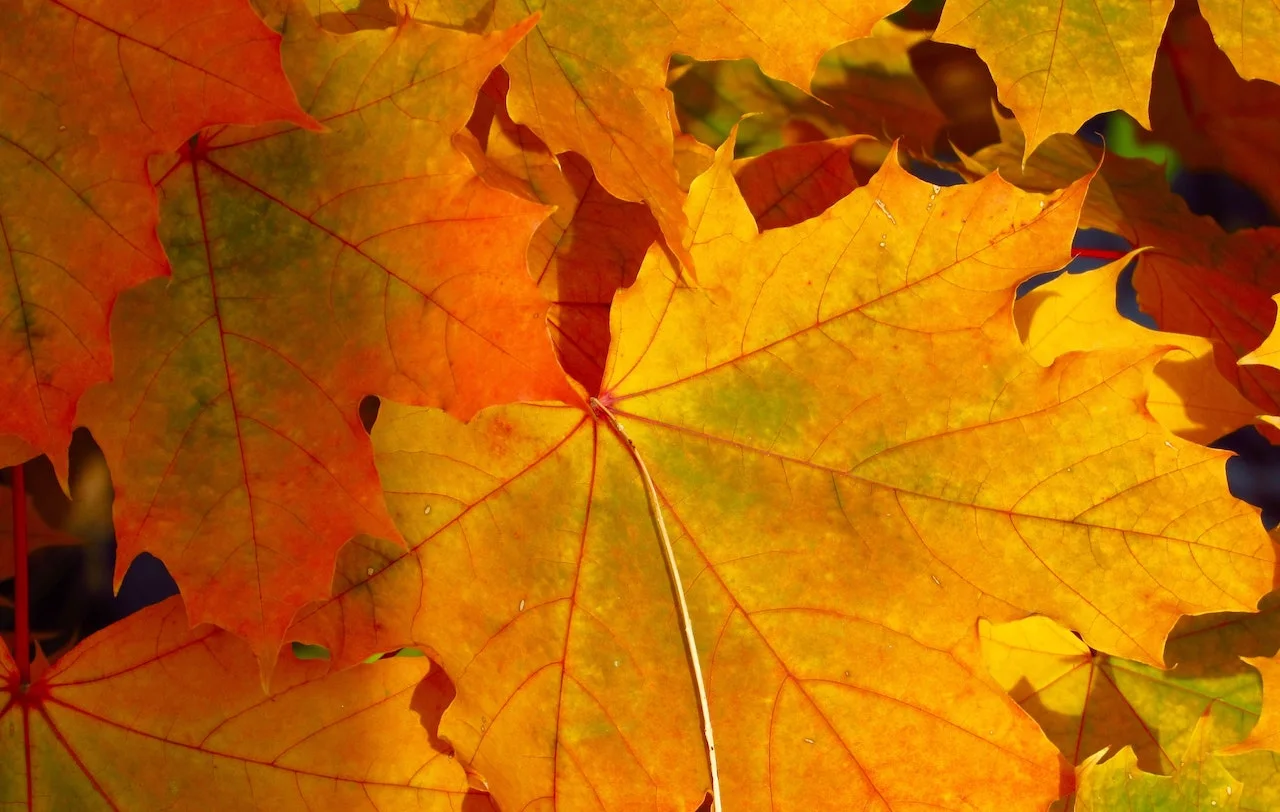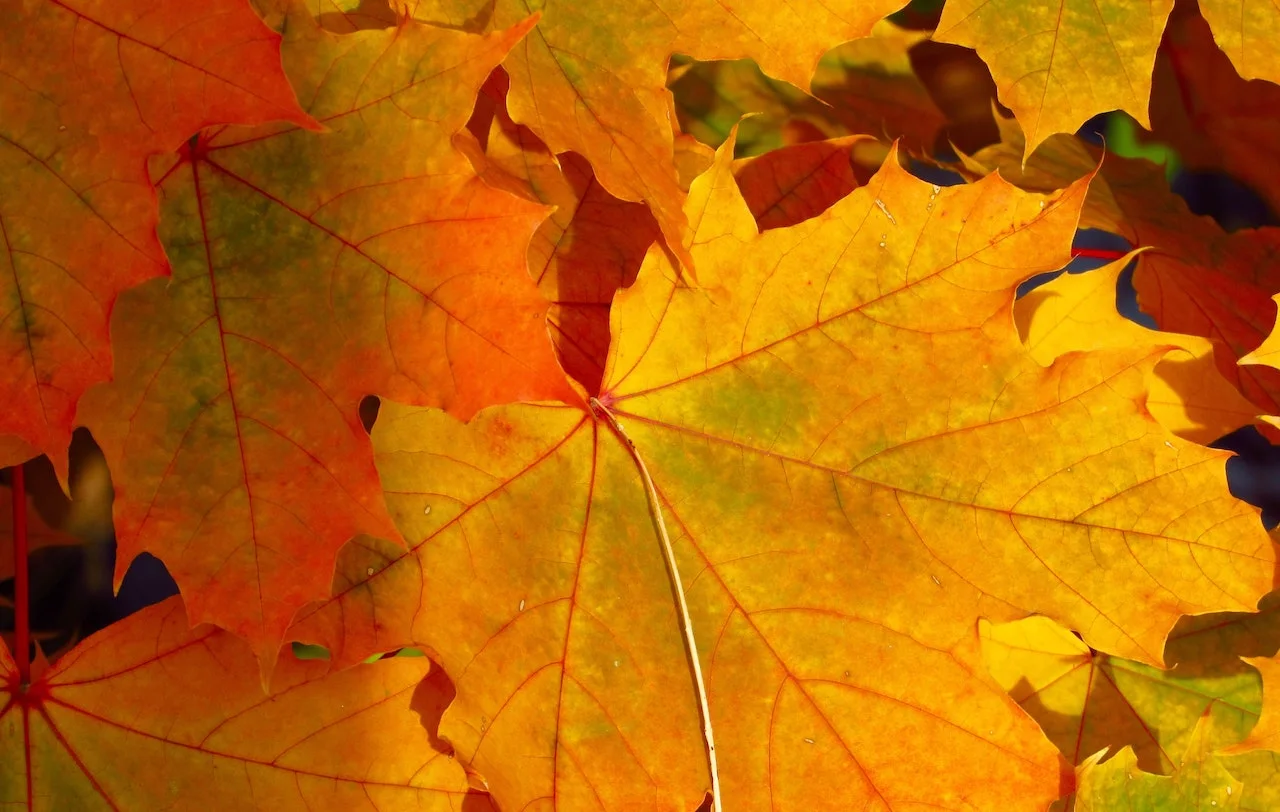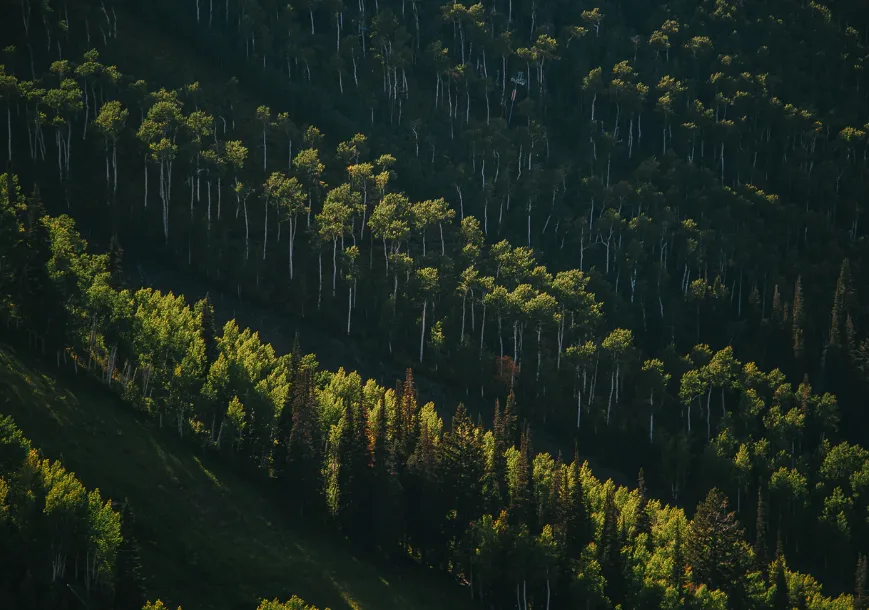
Why trees are shedding their leaves in the summer
Why trees drop their leaves as a coping mechanism can be a result of moisture deficit and the effects of extreme heat, in some cases, according to a University of British Columbia forestry professor.
Normally when you see leaves falling from trees, it's a telltale sign that autumn has arrived. But when they're dropping in the summer, it's indicative of the trees experiencing stress, particularly during hot and dry weather.
Such is the case in British Columbia, particularly earlier this summer during its record-shattering, extreme heat wave and dry conditions. The City of Vancouver recently instituted emergency watering measures to combat the drought effects on its street and urban park trees.
Stephen Sheppard, a professor of forestry at the University of British Columbia (UBC), told The Weather Network that the occurrence was fairly widespread in the Lower Mainland, particularly in Metro Vancouver.
SEE ALSO: Vancouver trees dry out as heat wave continues to take its toll
For cities like Vancouver, seeing the leaves drop is quite atypical since it has a fairly mild climate, Sheppard explained.
“It may partly be because those trees are used to a more temperate climate, so they may react in a more extreme way than trees that are used to growing and surviving in a much drier environment like the Interior, where the trees are more adapted to that kind of dryness and heat," said Sheppard.

But why trees drop their leaves as a coping mechanism can be a result of moisture deficit and the effects of extreme heat, in some cases, he added. Shedding leaves is a way for trees to manage their "water budget."
"Some plants above 30°C start to get actual damage to their tissues. But in many cases, it's a way for the trees to protect themselves if they're losing too much water or they're not being able to pull up enough water from the soil to maintain all their functions," said Sheppard.
SOME TREE SPECIES ARE MORE VULNERABLE
While there is a lack of scientific data still, reports suggested that certain species of trees may be more vulnerable to “heat wave-induced leaf drops,” he added, which may include maple, chestnut and cherry.
“We exceeded some typical temperatures by a long way. It’s not common to see that kind of leaf drop, at least amongst the range of trees where we saw them in Vancouver anyway,” said Sheppard. “Certain trees are more susceptible to it. Certainly it [was] a very premature and unusual leaf drop. Not of the whole tree but of a proportion of their leaves.”
Other species such as the honey locust, Garry oak and London plane trees are actually “better adapted” to hotter and drier environments, he said, noting they will shed their leaves as one method of survival if it gets too dry.
“They have different physiological mechanisms for handling these kinds of things. That [process] will keep them alive. They will stay dormant until conditions change or next spring when they grow back up,” said Sheppard.
KEEP EXISTING TREES ALIVE BEFORE PLANTING NEW ONES
Sheppard suggests people need to put their efforts into keeping existing trees alive as long as possible, while "we plant a lot of new, younger ones to come up and replace them.”
Most cities are now recommending the planting of trees that are better adapted to hotter temperature and drier temperatures. "There is a range of those kinds of trees. Metro Vancouver has a very good guide to what tree species are adaptable in these hotter, drier summer climates,” said Sheppard.

(Unsplash).
Sheppard says it’s quite possible that if more extreme heat waves occur on a regular basis that the leaf-dropping phenomenon in the summer will also escalate, perhaps happening earlier in the year.
“We know they are going to happen again," said Sheppard. "We can expect future extremes in many places around Canada."
SOLUTIONS TO HELP TREES DURING HEAT
Other than watering on a regular basis, another solution is for more municipalities to develop adopt-a-tree programs, where citizens can take care of one or two of them, Sheppard said.
“These kinds of citizen engagement programs that municipalities can run can be really helpful to keep the trees alive and to benefit the neighbourhood. It's the trees that keep the neighbourhood cool, reduce the stormwater flooding and improve the air quality," said Sheppard.

(Mia Gordon)
For more information, Sheppard recommended the Citizens Coolkit -- a visual and interactive guide for people to engage with family, friends, and neighbours on issues and solutions related to urban forestry, and other issues, on their block.
As well, UBC is partnering with community centres to run a series of workshops in the fall called Cool ‘Hood Champs. It is a free program that trains people to become a climate champion in their neighbourhood.
"They do a lot of good things for us but we have to keep them alive. We have to protect the trees to protect ourselves, sort of speak," Sheppard added.
Thumbnail courtesy of Anthony Lee/Unsplash.
Find Nathan Howes on Twitter.











